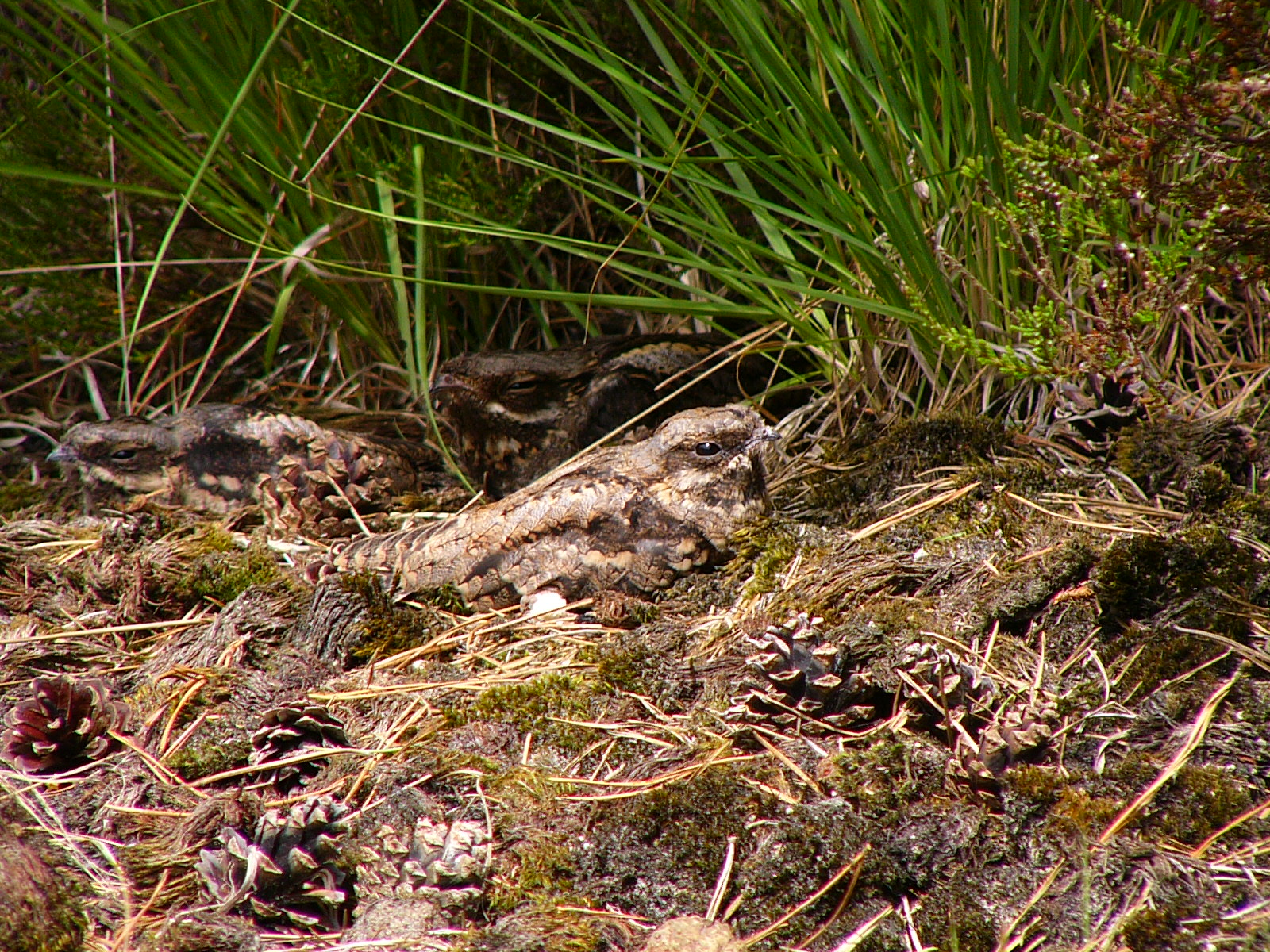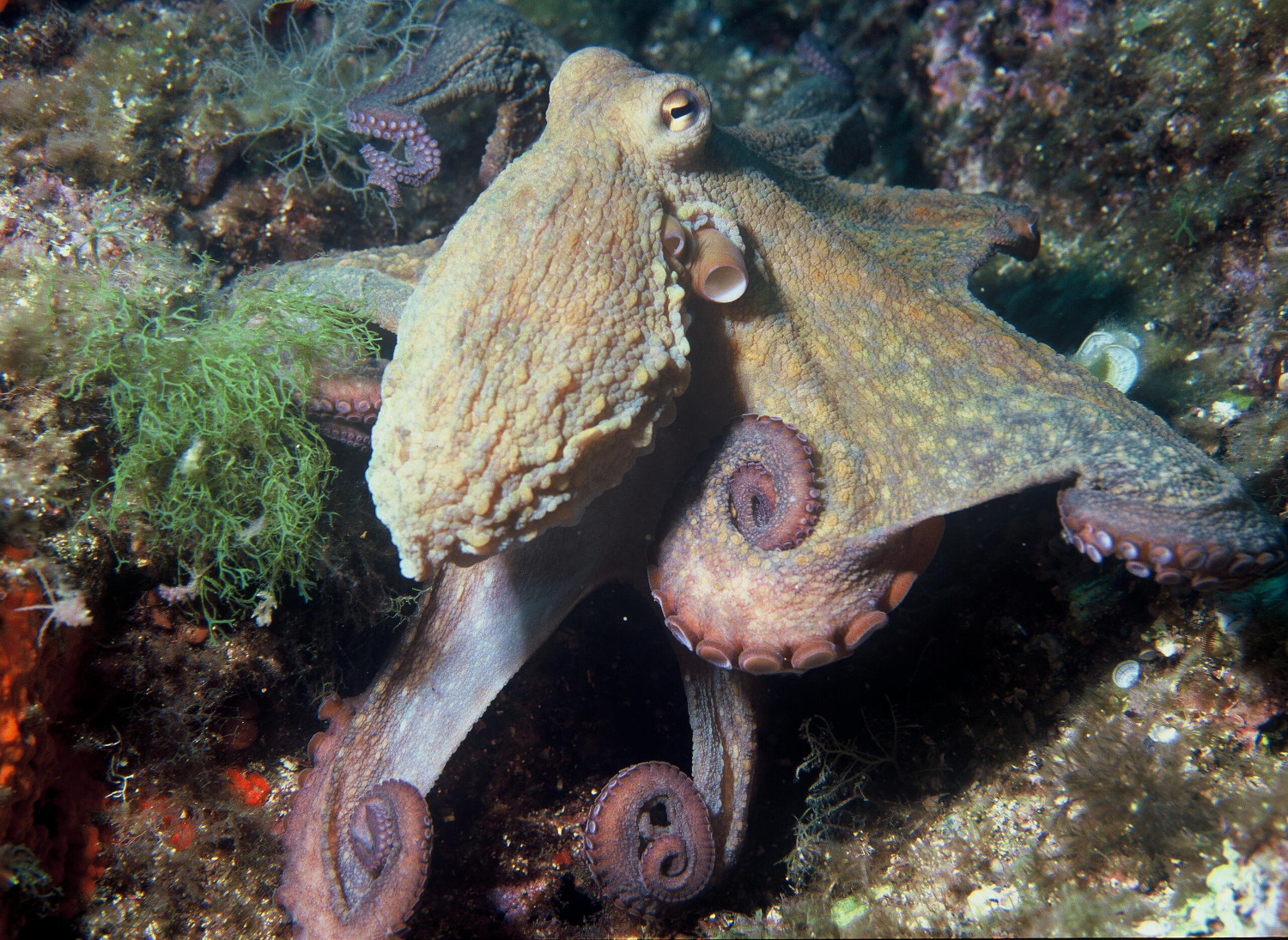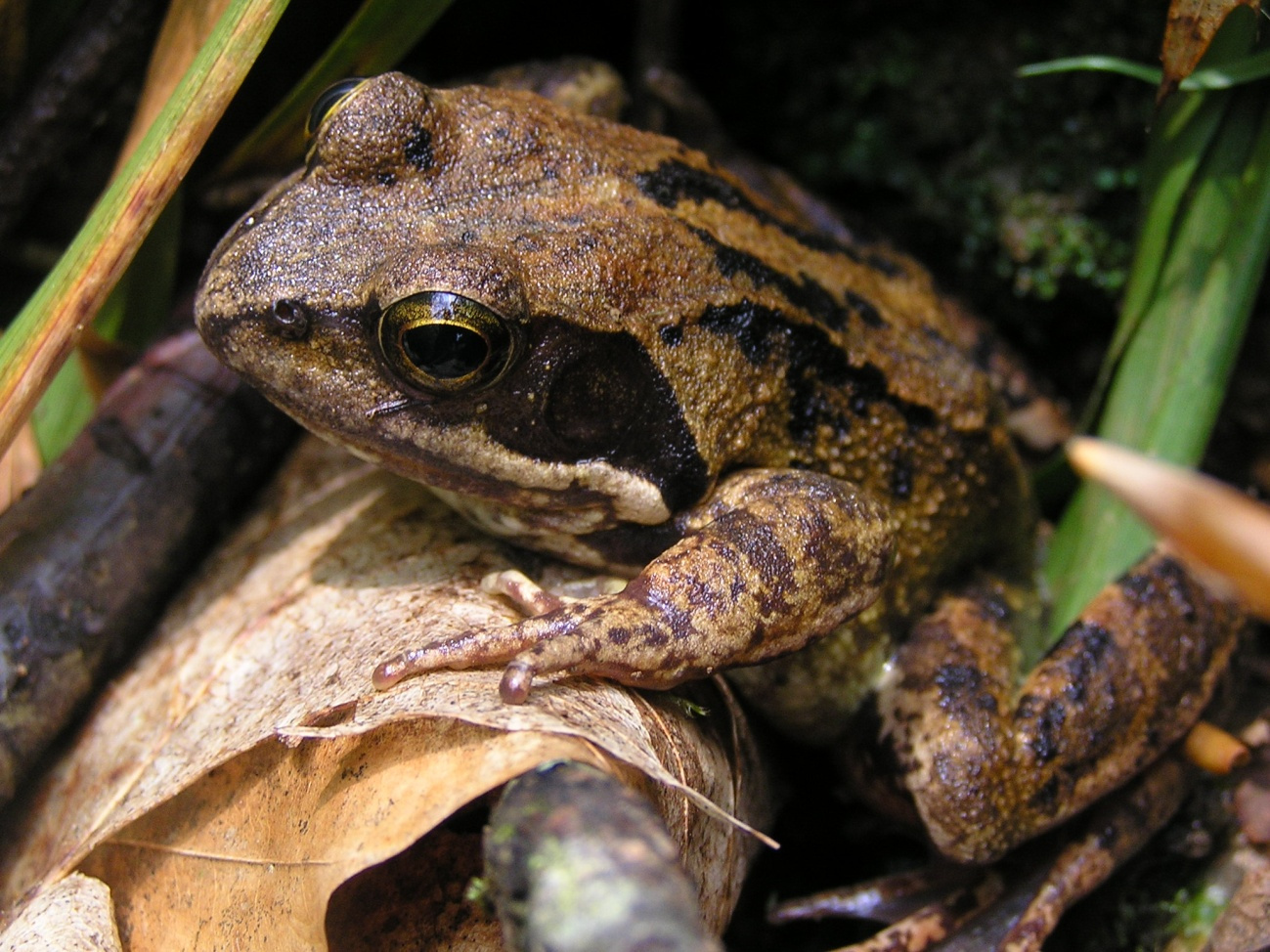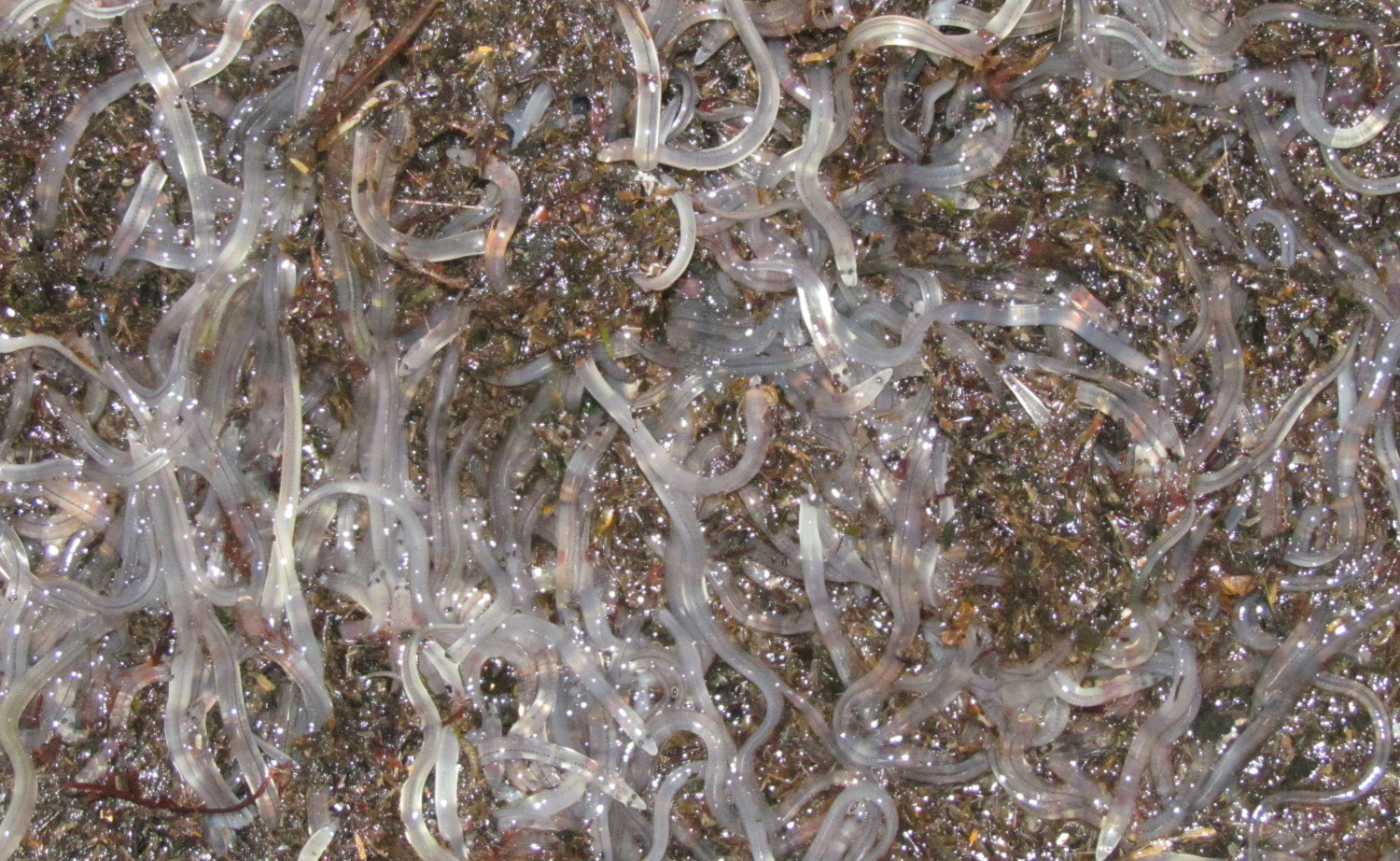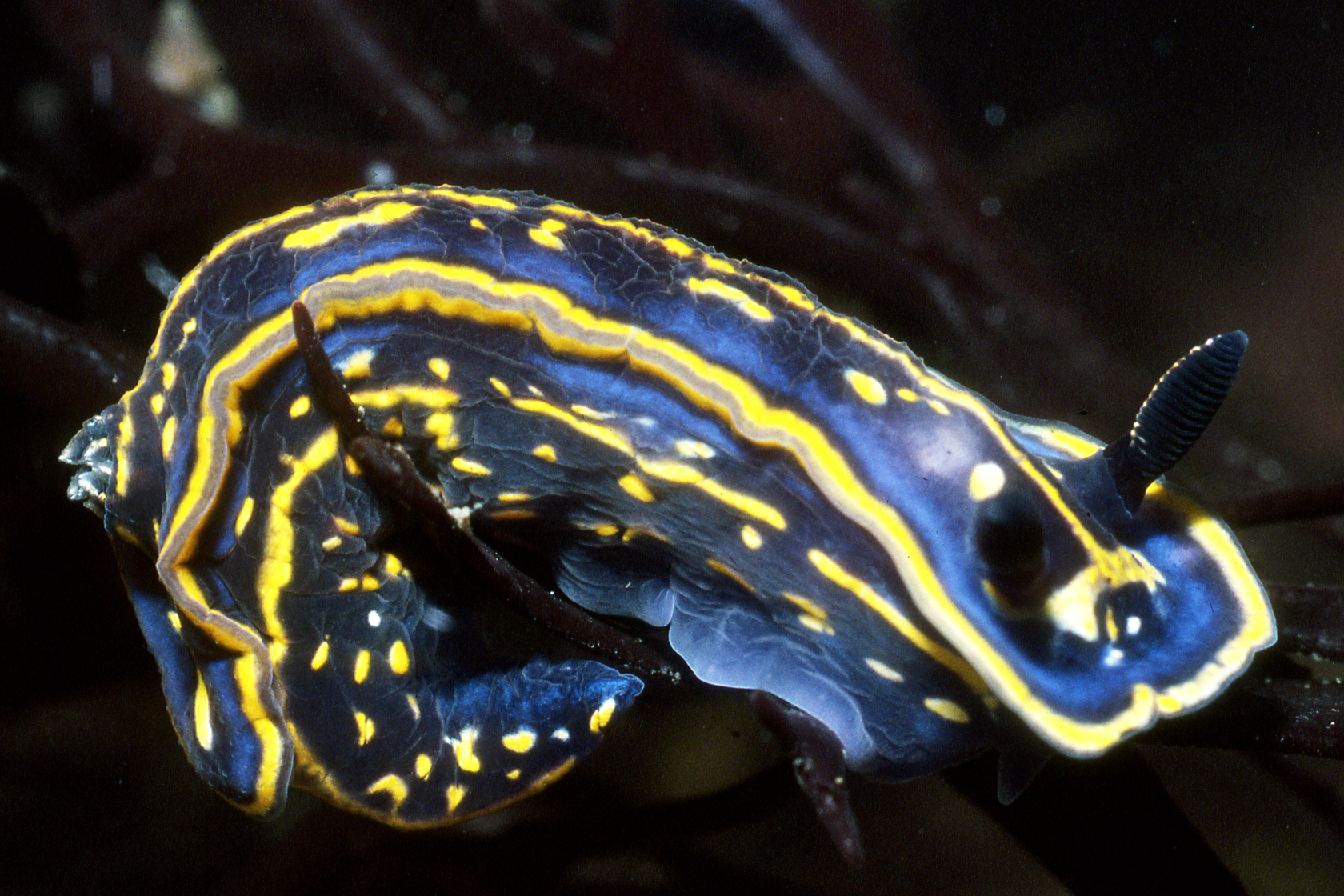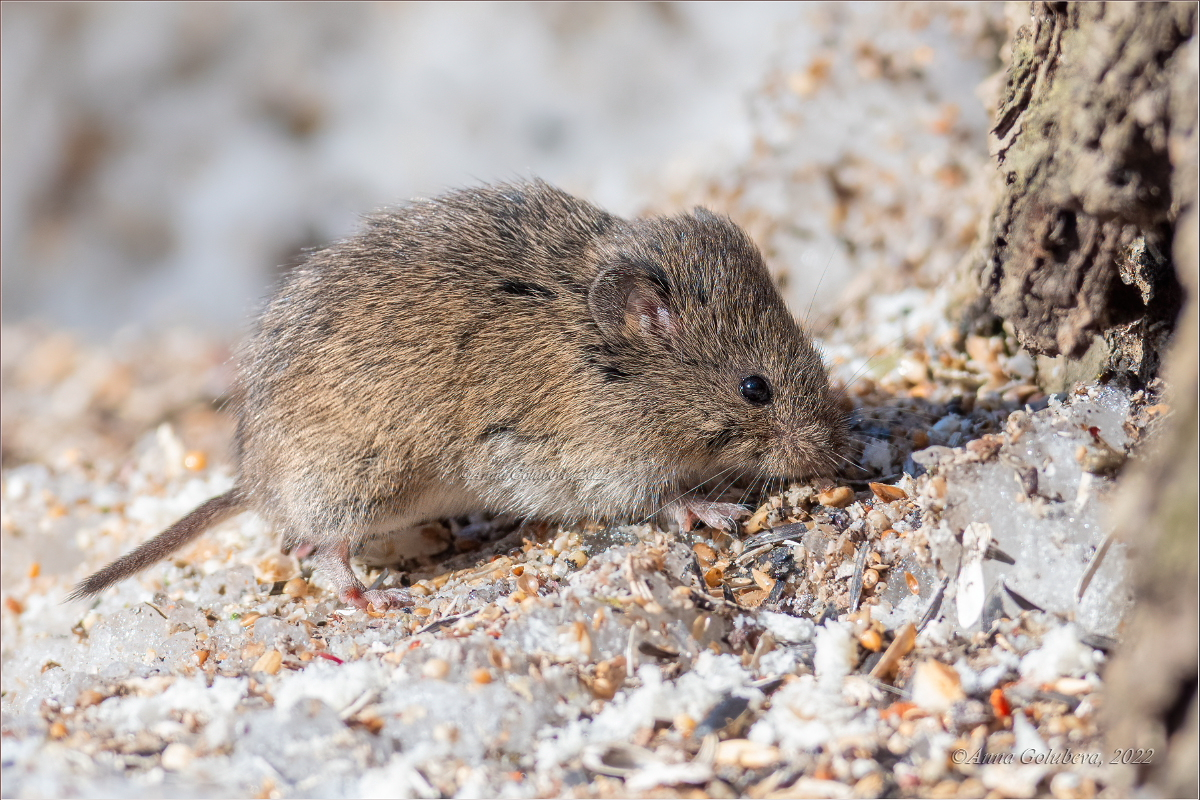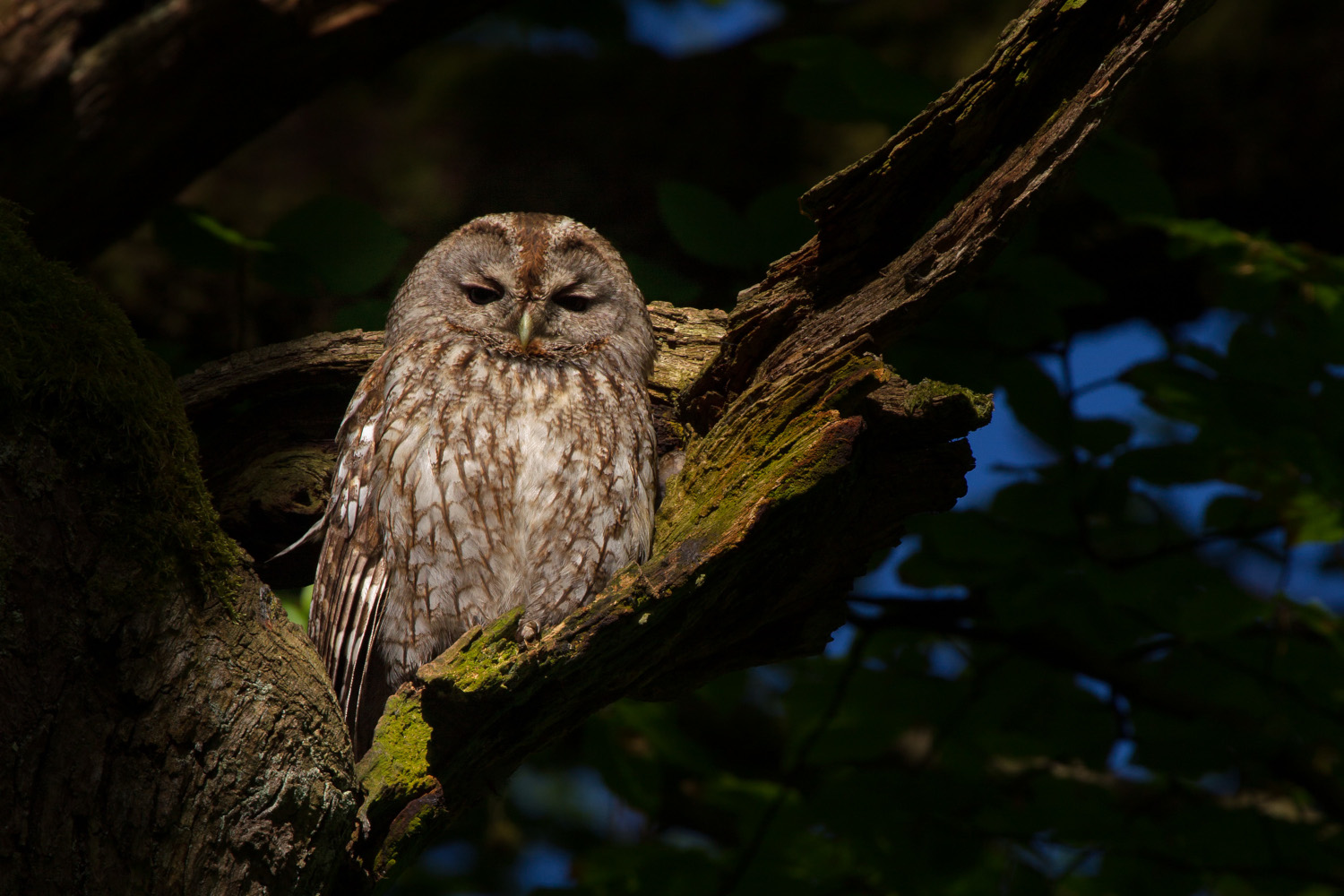Since the ice age, endemism has been compromised.
- During the last glaciation the territory of the Basque Country was trampled by mammoths, bears of caves, bison and even hyenas. These animals, exposed to persistent and cold snow, disappeared along with the glacial conditions. But just as small mammals survived the extinction of dinosaurs, even during the last glaciation an animal accustomed to these conditions was confined to certain habitats, and so has come the extreme to this day.
The Pyrenees desman, water mole or muzzle (Galemys pyrenaicus) is a small mammal belonging to the group of hedgehogs, satyrs and moles. It is semi-aquatic and lives in the north of the Iberian Peninsula and in the Pyrenees through streams. We have an animal in the shape of a mole that lives in the water.
Being an animal adapted to live in the ice ages, it needs cold streams that are very long, and it is easier to find them in the high courses of the rivers. It is, however, a small animal, which, as the laws of physics dictate, rapidly loses its heat. To cope with this, he moves at full speed and is extremely voracious; he has to eat two or three times his weight every day. It feeds mostly on small aquatic bugs.
It must be beautiful to see such a small and energetic animal in its sauce, but those who investigate it and a few others would have had such luck, because it is very difficult to find a muzzle. On the one hand, because it is a nocturnal animal. He spends the day in some crack at the edge of the stream, gently stored in the nest. With the arrival of the night, he leaves the hole and goes swimming in the river hundreds of meters up and down, both side and side by side, in search of food. However, each long end appears to have areas that are particularly preferred, and these areas are typically fast flowing, well-oxygenated and high velocity areas. Their ideal location is there. The long muzzle hunts underwater, and as your body floats, the rapid currents of water help you stay submerged. He sticks to the rocks at the bottom of the stream and stays there eating and eating bugs. It’s also a good strategy to protect yourself from predators by being submerged.
It needs clean and fast streams surrounded by vegetation, therefore, long extremes. It's getting harder and harder to find them, and the same thing is happening with the Muzzle. In recent decades, its distribution across the peninsula has declined by 85 per cent. The muzzle is disturbed by anything that affects the optimal conditions of the streams; by the reduction of the water flow rate through pipelines, by the construction of artificial barriers or by water pollution.
We must also remember that for human beings, what is “neatness” is not valid in natural areas. For the long muzzle and other aquatic and semi-aquatic animals, the “decent” streams are uncontaminated and have a variety of habitats. Riparian plants, pieces of trunk, rotten slate and pieces of stone are not dirt, but diversity; in short, spaces that allow the survival of an endemic and unique heritage such as the muzzle.
EXTREME Galemys pyrenaicus
THE TEAM: Vertebrate / Mammal.
THE SIZE OF: 11-13 cm without tail. Weight of 50-80 grams.
WHERE DO YOU LIVE? In well-oxygenated and high-speed rapids, in mountain streams.
WHAT DO YOU EAT? The invertebrates.
THE MAIN THREATS: Pollution in the streams, artificial obstacles and pipelines that decrease the flow of water in the streams.
LEVEL OF PROTECTION: In the Spanish Catalogue of Species, the populations of the Southern Basque Country are included in the category “weak”.
Katalanen ustetan artzainak engainatzen omen ditu hegazti honek: “enganyapastors”. Espainiar eta latindarrek, aldiz, ahuntzari esnea kentzen diola diote, hortik datorkio hain zuzen ere izen zientifikoan (Caprimulgus europaeus) islatzen den caprimulgus (capra... [+]
Leihatila honetan behin baino gehiagotan azaldu ditugu Ama Naturaren engainuak bere izakiak babestearren. Batzuetan, erle edo liztor itxura zuten euliak ekarri ditugu, beste batzuetan inongo arriskurik ez duten arrisku-kolorazioko intsektuak ere bai (kolorazio aposematikoa... [+]
Nekazal eremu lehor baten erdian ageri da putzua. Txikia da tamainaz, eta ez oso sakona. Egunak dira euririk egiten ez duela, baina oasi txiki honek oraindik ere aurretik bildutako urari eusten dio. Gauak eremua irentsi du eta isiltasunaren erdian kantu bakarti bat entzun da... [+]








